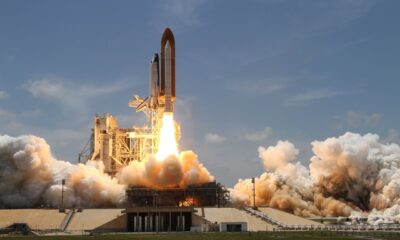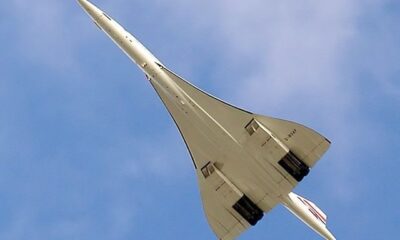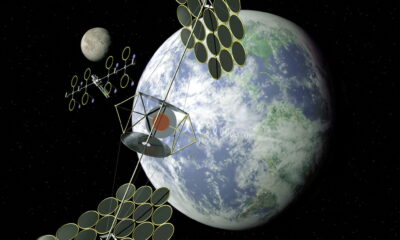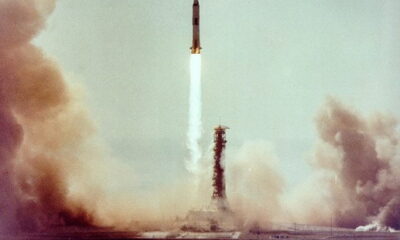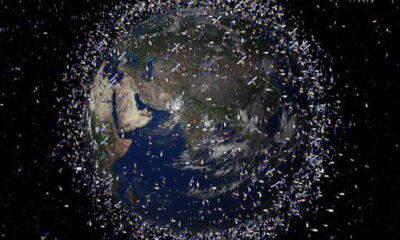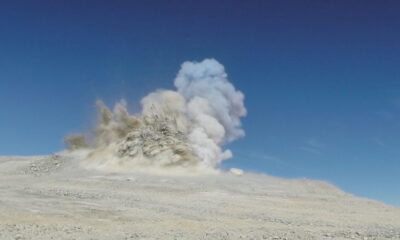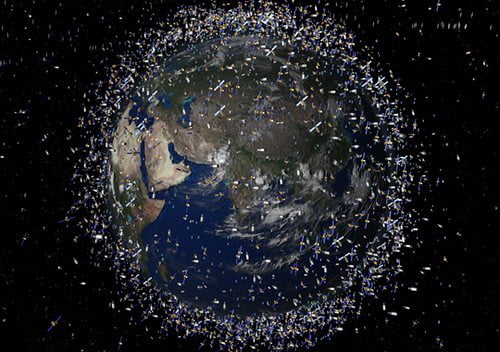

Environment
Lockheed Martin to track space debris
US defence and aerospace giant Lockheed Martin has announced it will develop a pioneering laser system to track the growing threat of space debris.
Working with Electro Optic Systems (EOS), an Australian technology firm, Lockheed Martin will build a new tracking station in Western Australia, which will use optical and laser technology to detect orbiting space junk.
Only a small percentage of the manmade objects in space are functioning satellites. Scientists say that there are more than 300,000 pieces of debris in space, including screws and bolts, large parts of rockets, spatulas and gloves.
This growing halo of junk is a serious threat to functioning satellites and future space missions, as the risk of collisions increase. In orbit, an object just 1cm wide can be travelling so fast that a collision could be devastating.
Scientists also fear that a large collision could set off a chain reaction, creating many more pieces of debris in a self-sustaining cycle. This scenario was recently portrayed in the 2013 film Gravity.
“Even a tiny piece of space debris can seriously damage satellites worth hundreds of millions of dollars,” explained Craig Smith, chief executive of EOS Space Systems.
“Our technology enables us to track the most dangerous pieces of space junk and provide accurate data to satellite operators, which should enable them to avoid collisions.”
Lockheed Martin Space Systems executive vice president Rick Ambrose added, “Ground-based space situational awareness is a growing priority for government and commercial organisations around the world that need to protect their investments in space.”
There have already been four major collisions in low Earth orbit. The most serious was in 2009, when an Iridium Communications satellite collided with a defunct Russian Space Forces satellite at over 25,000 miles per hour.
While simply tracking debris is the priority for now, experts have concluded that it will eventually become necessary to remove larger objects from orbit.
Scientists have put forward a number of fantastical-sounding ideas of how this can be done, from autonomous spacecraft armed with harpoons to surface-mounted lasers.
Photo: keithfiore via Flickr
Further reading:
Scientists to use ‘harpoon’ to reel in dangerous space debris
Space debris to be cleared using lasers, Australian scientists say
Space junk: the abuse of the abyss


 Environment10 months ago
Environment10 months agoAre Polymer Banknotes: an Eco-Friendly Trend or a Groundswell?

 Environment11 months ago
Environment11 months agoEco-Friendly Home Improvements: Top 7 Upgrades for 2025

 Features9 months ago
Features9 months agoEco-Friendly Cryptocurrencies: Sustainable Investment Choices

 Features10 months ago
Features10 months agoEco-Friendly Crypto Traders Must Find the Right Exchange

